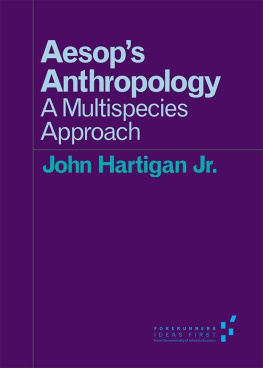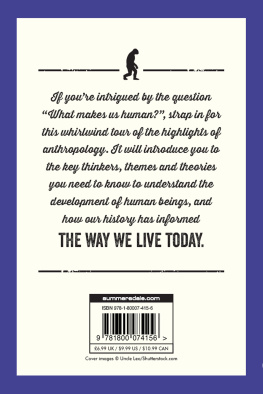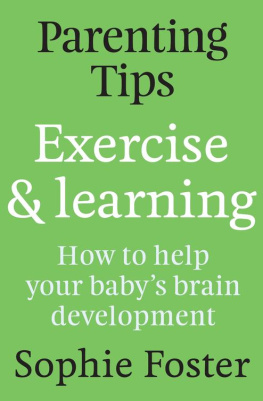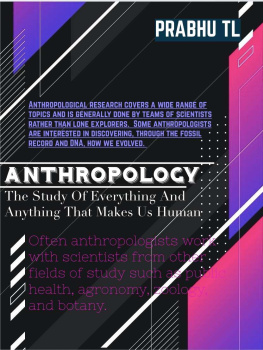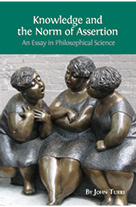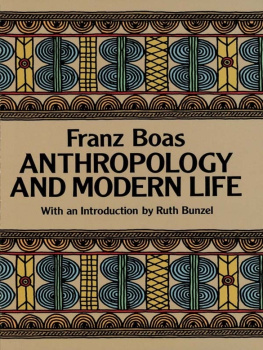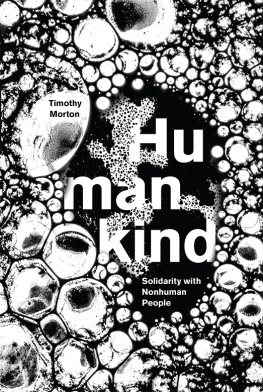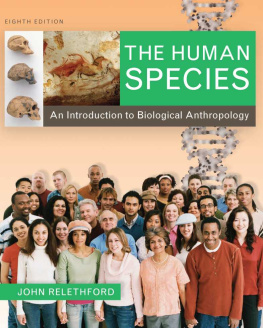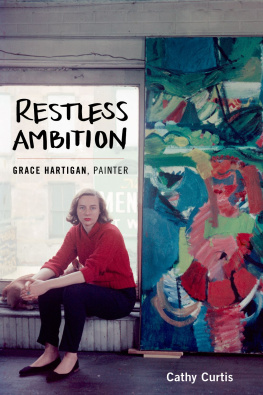Original e-works to spark new scholarship
Forerunners is a thought-in-process series of breakthrough digital works. Written between fresh ideas and finished books, Forerunners draws on scholarly work initiated in notable blogs, social media, conference plenaries, journal articles, and the synergy of academic exchange. This is gray literature publishing: where intense thinking, change, and speculation take place in scholarship.
John Hartigan Jr., Aesops Anthropology: A Multispecies Approach
Jussi Parikka, The Anthrobscene
Reinhold Martin, Mediators: Aesthetics, Politics, and the City
Welcome to Aesops Anthropology: A Multispecies Approach, Its time to recognize that sociality, in its origins and elaborations, begins with nonhumans. Were late to the game of culture, and its time to catch up in our thinking about the social.
This is an apt moment for such an undertaking because social theory seems either to be dissolving or rapidly fragmenting. Out of this moment, a range of new directions or turns is growing quickly: the ontological turn, posthumanism, speculative materialism, affect or nonrepresentational theory, Each also variously rejects a focus on culture defined as comprising webs of meaning from which representations of the world are generated and transmittedby humans. Aesops Anthropology makes a different case: that we still need culture; the concept retains many analytical uses. Some of these are crucial to the central problematic of the twenty-first century: negotiating the line between human and nonhuman. The key step in renewing the uses of culture is to reverse the trajectory by which social theory is generatedthrough meticulous speculation about and observations of humansand start anew, shedding the assumption that society and culture begin with, or are principally about, people.
Social theorists have settled on too narrow a view of sociality by considering the unique case of humans. The central premise here is that cultural anthropology should principally be concerned with understanding culture, not just the Man or Anthro, which has stood at the center of efforts to define this concept. Weve drawn a too limited domain of the social by focusing on humans principally, then regarding nonhuman forms as rudimentary or primitive. We have to flip this to think the social without privileging the exceptional case of humans, to arrive at an understanding of cultural dynamics that currently is not part of our thinking about sociality. After all, humans may not be the optimum locus for understanding the social because (1) were only one among many social species and (2) weve got a skewed (anthropocentric) version of culture. But how to do this without totemizing natural objects to reify social categories, as with the poignant case of race and the dehumanization of people as simians, insects, and a variety of disparaged domesticated species?
Aesops Anthropology addresses these questions and others via a series of forays into analytical topics, linked efforts to rethinking sociality by following examples of culture across species lines. The forays are arrayed as follows: Are Natives Plants or People? ponders the uses and perils of terms that refer just as easily to humans and nonhumans; Nonhuman Cultures, as the title suggests, reviews the range of research that ruptures the golden barrier reserving culture for humans; The Social (re)Turn samples foundational moments of theorizing the social when the line constituting this barrier was either breached or drawn; and Diversity considers problems that arise when not maintaining this line, particularly with race, as discourses for managing species become a means for domesticating racial conflict.
The problem and dynamics here run deeper than race as an historical artifactone that likely arises with animal domestication rather than with an idea of race attributed to Enlightenment thinkers. Through this view of deep time, Horticultural Hermeneutic considers how human thought has yet to escape its fundamental dependence on nonhuman life-forms, such as plants; Webs without Meaning considers what this mode of thought might producebesides meaningful social constructionsas it moves beyond regarding select life-forms totemically. What Is a Garden? takes up matters of metaphors, parallels, and intuitions of sameness that arise in pondering nonhuman cultural forms; and Homology addresses the rigorous epistemological means for honing such intuitions into factual claims and hypotheses.
Species Thinking recounts the historical developments that allow us to shift from regarding nonhumans as just good to think with Furthermore, wraps up this initial stage of theorizing culture from a multispecies perspective by highlighting core features of this concept that become apparent in considering transspecies forms of sociality.
Each of these forays will be further elaborated and explored in serial fashion in time to come at aesopsanthropology.com. This approach to theorizing is purposefully open. Subjects like animal culture, for instance, are contentious and unsettled, involving ongoing research claims and counterclaims but also a steady unthinking of certain assumptions. New studies have the potential to generate different directions in theorizing, or perhaps to shift previous epistemological configurations. Also, the core questions raised here are better not answered emphatically. What units of analysis reliably allow us to think across and between species? What kind of explanatory register does culture or social provide? What do we refer to and assume when we mobilize these terms?
What better figure for pondering all this than Aesop, He also records that Aesop was a slave who perhaps gained his freedom through a remarkable eloquence and ability to spin tales. Possibly, too, he died at Delphi, where he was sent on a diplomatic mission by King Croesus of Lydia and where, after insulting the Delphians, he was thrown from a cliff. Certainly, though, he had a long career or afterlife as a trickster figure in Europe, beginning in the thirteenth century with Life of Aesop, composed by Maximus Planudes in Constantinople. This version of the storyteller features episodes of his lifeusually involving a wicked wit that repeatedly lands him in troublethat once were as well savored as the fables attributed to him. But maybe he is only a name with the power to attract stories that form an enduring genre, one avidly transmitted across three millennia.
A central feature of these stories is the capacity for nonhumansliving beings or objectsto act and speak in ways that reveal some larger truth, perhaps about humans or maybe more properly about life itself. They figure a particular capability to inspire intuitions and perceptions of commonalities with nonhumans. Aesop, by announcing a story which everyone knows not to be true, told the truth by the very fact that he did not claim to be relating real events. Aesop is an apt figurebecause he offered up nonhumans as objects of thoughtto serve as guide in orienting cultural anthropology to think anew about nonhumans, where its not so much a question of getting

